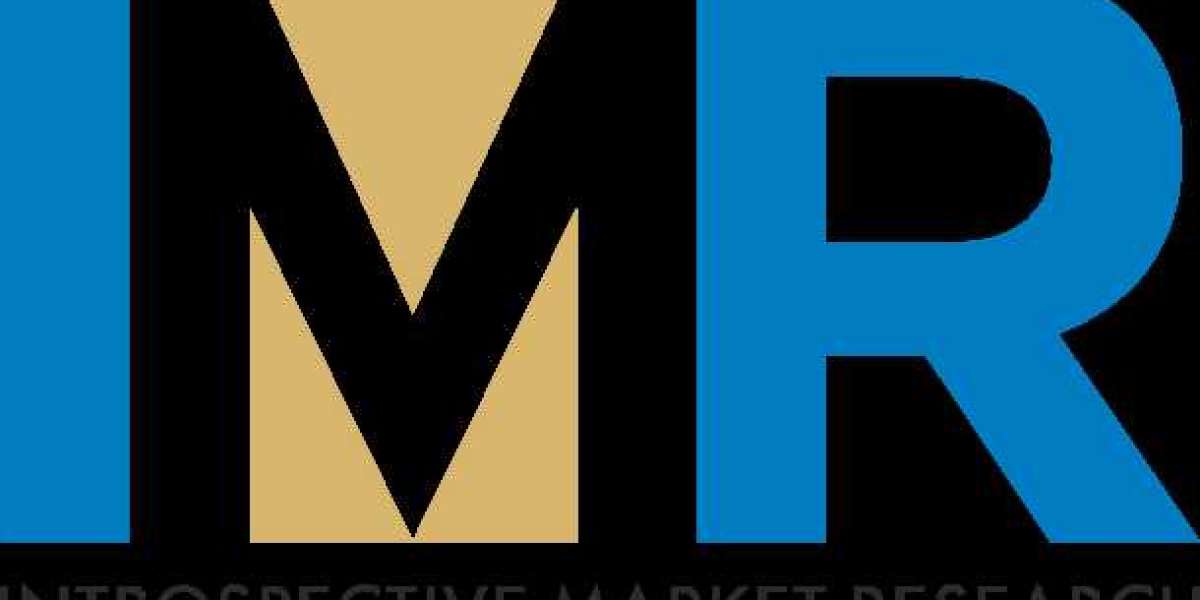Introduction
In today's rapidly evolving healthcare environment, efficient management of medical equipment is paramount. Medical equipment management software (MEMS) has emerged as a crucial tool for healthcare facilities, helping them streamline operations, reduce costs, and enhance patient care. This article delves into the significance of medical equipment management software, its benefits, features, implementation strategies, and future trends shaping this vital sector.
What is Medical Equipment Management Software?
Medical equipment management software is a specialized system designed to track, manage, and maintain medical devices within healthcare facilities. It provides a comprehensive solution for monitoring the lifecycle of medical equipment, from procurement and maintenance to disposal. By integrating various functionalities into a unified platform, MEMS ensures that healthcare providers can efficiently manage their assets, ensuring operational efficiency and compliance with regulatory standards.
Key Features of Medical Equipment Management Software
Asset Tracking and Inventory Management
One of the core functionalities of MEMS is asset tracking. The software enables healthcare facilities to maintain a real-time inventory of medical equipment, including details such as location, usage, and condition. This feature helps prevent equipment loss, duplication of purchases, and ensures that devices are available when needed.
Maintenance and Calibration Management
Regular maintenance and calibration are crucial for the reliable operation of medical equipment. MEMS facilitates scheduling and tracking of maintenance tasks, including preventive and corrective maintenance. Automated alerts and reminders ensure that equipment remains in optimal condition and meets regulatory requirements.
Regulatory Compliance
Compliance with standards and regulations is a significant aspect of medical equipment management. MEMS helps healthcare facilities adhere to various regulatory requirements, such as those set by the FDA, ISO, and other regulatory bodies. It maintains records of compliance activities, certifications, and audits, minimizing the risk of non-compliance.
Equipment Usage Monitoring
MEMS tracks equipment usage patterns, including the frequency and duration of use. This data helps healthcare facilities identify high-usage equipment, optimize utilization, and make informed decisions about equipment procurement and replacement.
Inventory Optimization
Effective inventory management is critical to avoid overstocking or understocking medical equipment. MEMS provides insights into inventory levels, usage trends, and demand forecasts, enabling healthcare facilities to optimize their inventory and reduce costs.
Integration with Other Systems
Modern MEMS solutions often integrate with other healthcare management systems, such as electronic health records (EHRs) and hospital information systems (HIS). This integration ensures seamless data flow between systems, enhancing overall operational efficiency.
Data Analytics and Reporting
MEMS generates comprehensive reports and analytics on various aspects of equipment management, including maintenance history, usage statistics, and financial metrics. These insights aid in decision-making and strategic planning, helping healthcare facilities improve their asset management practices.
User-Friendly Interface
A user-friendly interface is essential for the effective use of MEMS. The software should offer intuitive navigation, easy data entry, and customizable dashboards to accommodate the needs of different users within the healthcare facility.
Benefits of Medical Equipment Management Software
Enhanced Operational Efficiency
By automating various aspects of equipment management, MEMS significantly enhances operational efficiency. It reduces manual administrative tasks, streamlines workflows, and minimizes the risk of human error, leading to smoother and more efficient operations.
Cost Savings
MEMS helps healthcare facilities achieve cost savings through better inventory management, optimized equipment utilization, and reduced maintenance costs. By identifying underutilized or outdated equipment, facilities can make informed decisions about replacement or refurbishment, avoiding unnecessary expenditures.
Improved Patient Safety
Properly maintained and calibrated medical equipment is critical for patient safety. MEMS ensures that equipment is regularly inspected and maintained, reducing the risk of malfunction or failure that could compromise patient care.
Regulatory Compliance
Compliance with regulatory standards is essential for healthcare facilities to avoid penalties and ensure patient safety. MEMS helps facilities stay compliant by tracking maintenance activities, certifications, and audits, ensuring adherence to industry regulations.
Informed Decision-Making
The data and analytics provided by MEMS offer valuable insights into equipment performance, usage patterns, and financial metrics. This information enables healthcare administrators to make data-driven decisions regarding equipment procurement, maintenance, and replacement.
Reduced Equipment Downtime
Timely maintenance and calibration facilitated by MEMS help prevent equipment breakdowns and downtime. This ensures that medical devices are always in optimal working condition, reducing disruptions to patient care.
Enhanced Accountability
MEMS provides a centralized platform for tracking equipment management activities, fostering accountability among staff. It ensures that tasks are completed on schedule and provides a clear record of maintenance and usage activities.
Implementing Medical Equipment Management Software
Assessing Needs and Requirements
Before selecting a MEMS solution, healthcare facilities should assess their specific needs and requirements. This involves evaluating the types of equipment to be managed, the scale of operations, and any regulatory compliance needs.
Choosing the Right Software
Selecting the right MEMS solution involves considering factors such as functionality, ease of use, integration capabilities, and cost. Facilities should evaluate different software options, request demos, and seek feedback from other users before making a decision.
Data Migration and Integration
Implementing MEMS requires migrating existing equipment data into the new system. This process involves data cleansing, mapping, and integration with other healthcare management systems to ensure a seamless transition.
Training and Onboarding
Proper training is essential for ensuring that staff can effectively use the new MEMS solution. Healthcare facilities should provide comprehensive training and onboarding to familiarize users with the software's features and functionalities.
Monitoring and Evaluation
After implementation, it is important to continuously monitor and evaluate the performance of the MEMS solution. Facilities should regularly review system reports, gather user feedback, and make necessary adjustments to optimize the software's effectiveness.
Ongoing Support and Maintenance
Ongoing support and maintenance are crucial for ensuring the continued success of MEMS. Healthcare facilities should establish a support plan with the software provider to address any issues or updates that may arise.
Future Trends in Medical Equipment Management Software
Integration with IoT and Smart Devices
The integration of MEMS with Internet of Things (IoT) and smart devices is set to revolutionize equipment management. IoT-enabled medical devices can provide real-time data on equipment performance, usage, and maintenance needs, further enhancing the capabilities of MEMS.
Advanced Data Analytics and AI
The use of advanced data analytics and artificial intelligence (AI) in MEMS will enable predictive maintenance, automated decision-making, and enhanced data insights. AI algorithms can analyze large volumes of data to predict equipment failures, optimize maintenance schedules, and improve overall asset management.
Cloud-Based Solutions
Cloud-based MEMS solutions are gaining popularity due to their scalability, flexibility, and remote access capabilities. Cloud platforms allow healthcare facilities to manage their equipment from anywhere, streamline data sharing, and reduce the need for on-premises infrastructure.
Enhanced Mobile Capabilities
Mobile-friendly MEMS solutions are becoming increasingly important as healthcare professionals require access to equipment management tools on the go. Mobile apps and responsive designs will enable users to perform tasks, access data, and receive alerts from their smartphones and tablets.
Integration with Telemedicine
The growing adoption of telemedicine presents opportunities for integrating MEMS with telehealth platforms. This integration can facilitate remote monitoring of medical equipment, enabling healthcare providers to manage devices used in telemedicine consultations and remote patient monitoring.
Personalized User Experience
Future MEMS solutions are likely to offer more personalized user experiences, with customizable dashboards, user-specific settings, and tailored notifications. This will enhance usability and ensure that the software meets the specific needs of different users within healthcare facilities.
Focus on Sustainability
As sustainability becomes a priority in healthcare, MEMS solutions will increasingly focus on eco-friendly practices, such as reducing equipment waste, optimizing resource usage, and supporting green initiatives. This will contribute to the overall sustainability goals of healthcare organizations.
Conclusion
Medical equipment management software plays a vital role in the efficient operation of healthcare facilities. By providing robust features for asset tracking, maintenance management, regulatory compliance, and data analytics, MEMS enhances operational efficiency, reduces costs, and improves patient safety. As technology continues to advance, future trends such as IoT integration, AI, and cloud-based solutions will further transform the landscape of medical equipment management. Embracing these innovations will enable healthcare facilities to stay ahead of the curve and deliver exceptional care to their patients.
In a world where healthcare demands are ever-increasing, investing in state-of-the-art medical equipment management software is not just a necessity but a strategic advantage. By leveraging the power of MEMS, healthcare organizations can optimize their operations, ensure equipment reliability, and ultimately contribute to better patient outcomes.








